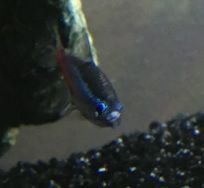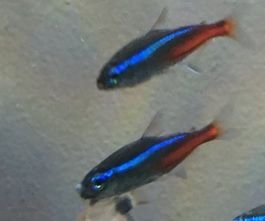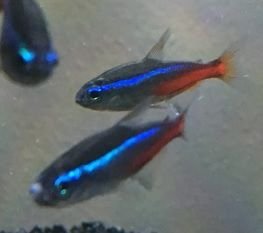Hi all. This is my first post. I am new to fish keeping and i have had my tank since august this year. I started it by cycling it with tetra safe start and with 3 platys and 5 neon tetras. and building with a few fish every few weeks / month I now have 4 tetras (one disappeared a month ago never to be found), 4 harlequins, 2 platys, 6 guppys and 3 panda corys.
Only today i noticed one of my tetras has a white dint that looks like the top of his nose has been taken over by this white spot. He is still eating and swimming with the other 3.
My water parameters (using dip sticks) are ammonia less than 0.5, gh 60, kh 40, ph 7, no2 0, no3 20. I do 15-25% water changes weekly.
If anyone can help id be grateful. All my other fish of all species seem fine and healthy
Only today i noticed one of my tetras has a white dint that looks like the top of his nose has been taken over by this white spot. He is still eating and swimming with the other 3.
My water parameters (using dip sticks) are ammonia less than 0.5, gh 60, kh 40, ph 7, no2 0, no3 20. I do 15-25% water changes weekly.
If anyone can help id be grateful. All my other fish of all species seem fine and healthy





